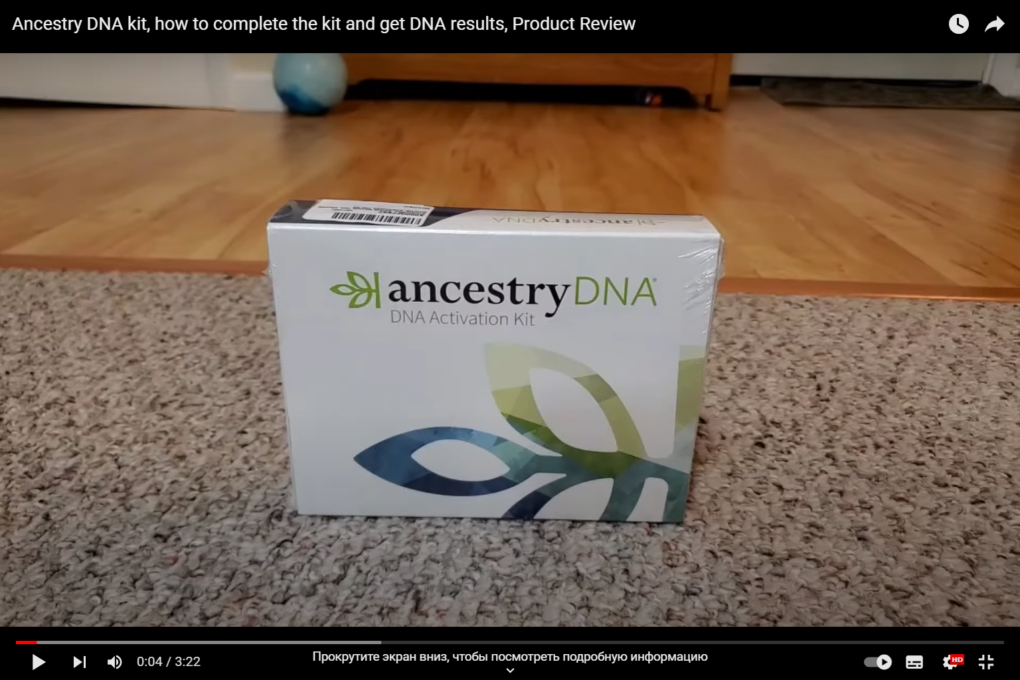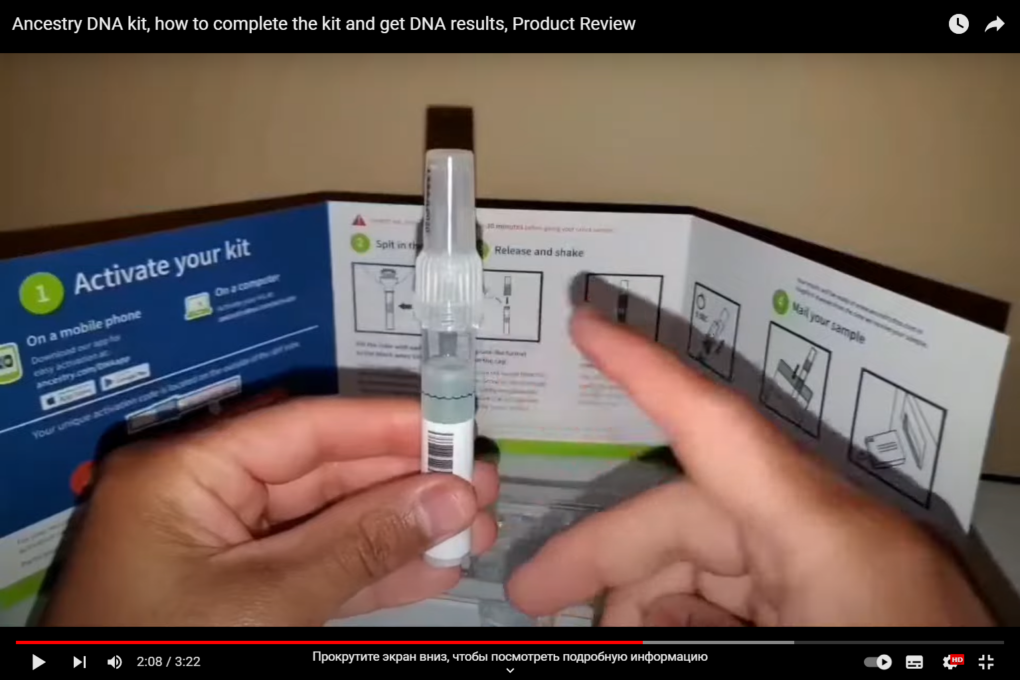In the realm of modern genetics, the quest for paternity verification has taken a new turn with the emergence of Ancestry DNA tests. The question on everyone’s mind is: can these tests reliably confirm paternity? We dive deep into the science, ethics, and implications of utilizing Ancestry DNA tests for establishing paternity.
Understanding Ancestry DNA Testing
Ancestry DNA tests, popular for tracing genealogy, delve into the unique markers present in your DNA. These tests analyze a specific set of DNA markers known as single nucleotide polymorphisms (SNPs), which are inherited from both biological parents. However, can they conclusively determine paternity?
The Science Behind DNA Paternity Testing
- DNA Markers and Paternity Links. DNA paternity testing involves comparing the child’s DNA markers with those of the alleged father. Specific regions of the DNA, containing SNPs, are examined. These markers are then matched to assess if a biological link exists. Although these tests are adept at identifying common ancestry, their precision in pinpointing immediate familial relationships is a subject of scrutiny;
- The Role of Genetic Variation. DNA markers, while consistent across generations, can also display variations. These variations arise from the complex genetic inheritance process, and it’s crucial to comprehend their impact on paternity testing accuracy;
- Accurate But Not Absolute. While Ancestry DNA tests can provide insights into potential relationships, claiming absolute certainty about paternity might be misleading. The intricacies of genetic inheritance and occasional anomalies can cast doubt on unequivocal results.
The Quest for Accuracy
Statistical Analysis and Probabilities
Paternity DNA testing relies heavily on statistical analysis. The more DNA markers shared between the child and the alleged father, the higher the probability of paternity. However, the degree of confidence varies, raising questions about definitive outcomes.
False Positives and Negatives
In the world of genetics, false positives and negatives are possible. A test might indicate a positive result despite the absence of a biological relationship, and vice versa. The occurrence of such errors emphasizes the need for careful interpretation.
Ethical Considerations and Privacy Concerns
Informed Consent and Implications
Paternity DNA testing poses ethical dilemmas, especially when performed without the knowledge or consent of those involved. Balancing the pursuit of truth with respect for privacy requires careful navigation.
Family Dynamics and Emotional Toll
Revealing unexpected paternity results can disrupt family dynamics and cause emotional distress. It’s imperative to recognize the potential impact of such revelations and approach them with sensitivity.

Comparing Ancestry DNA Tests with Traditional Paternity Tests
DNA Paternity Testing vs. Ancestry Testing
Traditional paternity tests focus solely on identifying biological relationships. Ancestry DNA tests, on the other hand, explore a broader genetic landscape, encompassing familial connections beyond immediate parentage.
Accuracy vs. Ancestry Tracing
Traditional paternity tests, built for precision, offer a clear-cut answer. Ancestry DNA tests, while providing insights into ancestral origins, might compromise absolute accuracy due to their broader scope.
Interpreting Ancestry DNA Test Results
Probability and Interpretation
When receiving Ancestry DNA test results, it’s crucial to understand the probability associated with paternity conclusions. A high probability indicates a likely relationship, but careful interpretation remains essential.
Seeking Professional Guidance
Interpreting complex genetic data can be challenging. Consulting genetic counselors or medical professionals can provide valuable insights, ensuring accurate understanding of test results.
Limitations and Future Developments
Technology’s Evolution
As genetic science advances, the accuracy of Ancestry DNA tests is likely to improve. Ongoing research holds the promise of enhanced precision and reduced ambiguity in paternity testing.
Unexplored Genetic Factors
Certain genetic factors, as of now, remain uncharted territory. The absence of comprehensive knowledge about all possible influences on DNA markers can affect the accuracy of paternity conclusions.
Advantages of Using Ancestry DNA Tests for Paternity
Comprehensive Insights
- Ancestry DNA tests offer a broader perspective beyond paternity, unveiling ancestral origins, ethnic composition, and potential health traits;
- Exploring genetic connections can foster a deeper understanding of family history and heritage.
Non-Invasive Procedure
- Ancestry DNA tests require a simple saliva or cheek swab, making the process painless and non-invasive;
- This convenience encourages wider participation, especially for those who might hesitate to undergo traditional paternity testing methods.
Challenges and Considerations in Paternity DNA Testing
Limited Legal Validity
- In legal contexts, traditional paternity tests often hold more weight due to their specialized focus on biological parentage;
- Ancestry DNA test results might not always be admissible as evidence in legal disputes related to paternity.
Ancestral Surprises
- Ancestry DNA tests can occasionally reveal unexpected family connections, raising questions about paternity in cases where a biological parent might not be the legal parent;
- These discoveries might lead to emotional turmoil and complex legal scenarios.
The Role of Genetic Diversity in Ancestry DNA Testing
Global Genetic Diversity
- Ancestry DNA tests harness vast databases to compare genetic markers with diverse populations worldwide;
- This global perspective enriches the accuracy of ancestral origins, but its implications for paternity require cautious consideration.
Blurring Boundaries
- Genetic diversity can sometimes blur the lines between paternity and distant relationships, potentially yielding misleading conclusions;
- Careful analysis is needed to discern immediate familial connections from broader genetic affiliations.

Educational Outreach and Public Perception
Demystifying DNA Science
- Ancestry DNA tests present an opportunity to educate the public about genetics, inheritance, and the intricacies of DNA markers;
- As understanding deepens, individuals can make informed decisions about the potential and limitations of paternity testing.
Responsible Communication
- Providers of Ancestry DNA tests should prioritize transparent communication about the purpose, accuracy, and implications of their services;
- Empowering users with accurate knowledge enhances their ability to interpret results and make informed choices.
Conclusion
Paternity determination through Ancestry DNA tests walks a fine line between science and speculation. While these tests offer intriguing insights into familial connections, they might not provide the definitive answer needed in paternity disputes. Proceeding with a realistic understanding of their limitations and potential implications is essential.
